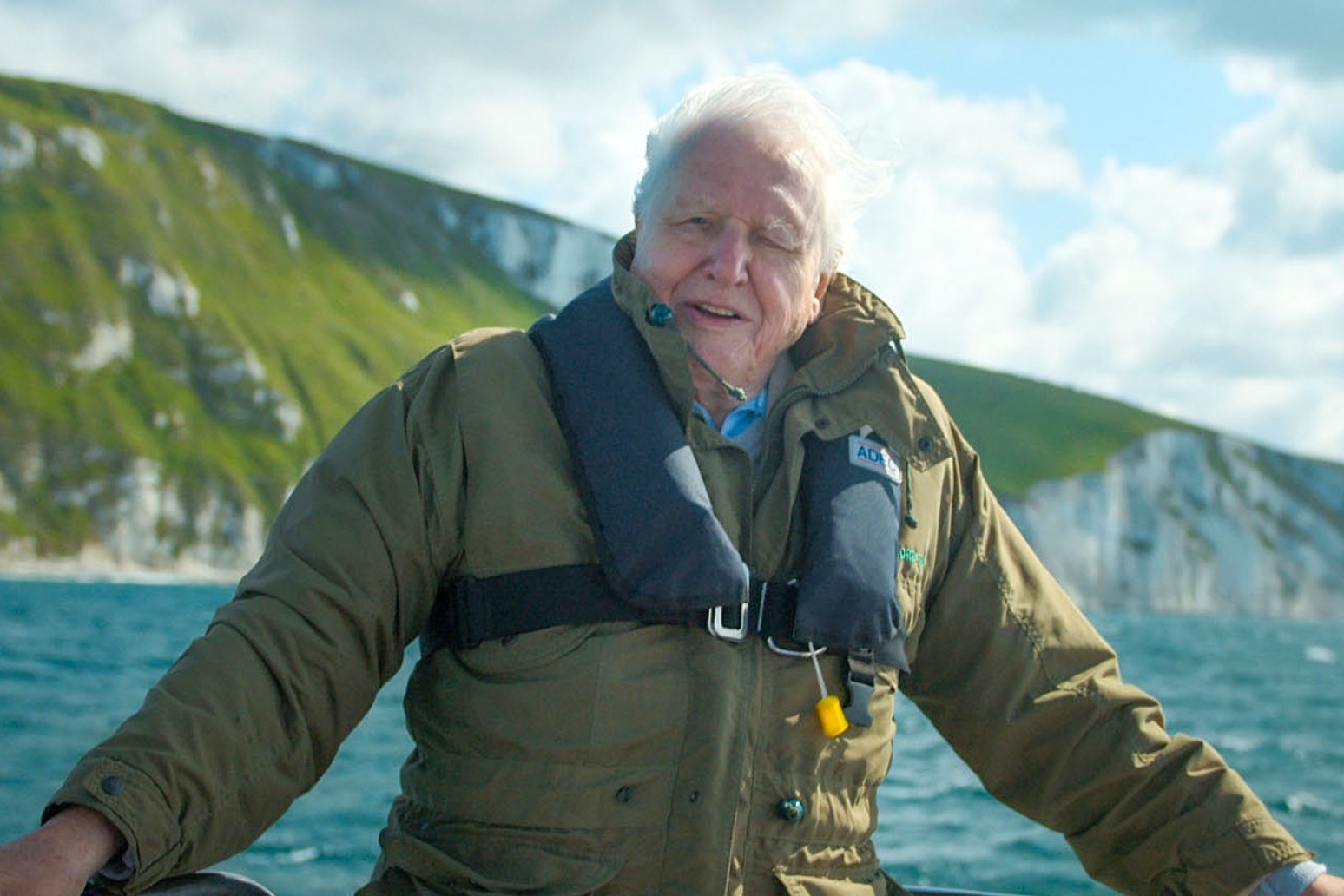
Attenborough inspiration park becomes nature reserve
A piece of countryside which inspired Sir David Attenborough when he was a child and is home to kingfishers, rare spiders and ancient fossils is to become a protected nature reserve.
Bradgate Park and nearby Swithland Wood in Leicestershire will form a combined 439-hectare national nature reserve, Natural England announced on Monday.
Naturalist and broadcaster Sir David Attenborough, who first visited the park as a child, said he has fond memories of the site and helped the campaign to fund a visitor centre, which he officially opened in 2016.
The protected land, just outside Leicester, contains a rich variety of animal species – including the rare “Charnwood spider” – and oak trees up to 800 years old.
The site of a medieval park and ancient woodland, it is also home to fallow and red deer, butterflies and birds such as green and great spotted woodpeckers.
Lady Jane Grey, Queen of England for nine days, was probably born at Bradgate House in 1537 and spent much of her childhood there.
The reserve is the only one in England which contains rare examples of fossils from the Precambrian period more than half a billion years ago, showing evidence of early marine life forms.
Known as Ediacaran biota, they are among the first evidence of complex life on Earth and helped support Charles Darwin’s theory of evolution by proving his hypothesis that the Precambrian seas had once hosted life.
Monday is the start of national nature reserves week, celebrating England’s most important places for nature with 90 events taking place across the country at 35 sites – ranging from yoga to night-time bat walks.
There are now 220 national nature reserves in England which cover 109,000 hectares – some 0.8% of the country’s land surface.
Tony Juniper, chairman of Natural England, said: “This national nature reserve at Bradgate Park and Swithland Wood is not only an important step for nature recovery, but being so close to Leicester is also a great example how we can make nature accessible for people living in our cities.
“The reserve will protect geological and archaeological treasures and create a bigger and better-connected area for wildlife.”
Natural England said the announcement came as part of an effort to establish a nature recovery network to create joined up spaces for plants and wildlife to thrive.
Bradgate Park and Swithland Wood National Nature Reserve will join 15 others already established in the East Midlands.
Environment minister Rebecca Pow said the reserve is a “prime example of just how much nature has to offer in England”.
She added: “Today’s declaration marks another step towards our goal of halting and reversing biodiversity loss by creating bigger and better spaces for nature, as set out in our environmental improvement plan.”
The plan aims to see the Government work with landowners, communities and businesses to accomplish environmental goals – including improving air quality and investing in new green spaces.
James Dymond, director of Bradgate Park Trust, said: “This is a landmark moment for Bradgate Park and Swithland Wood. They are home to some of the oldest fossils and rocks in England and to have the site’s conservation value recognised in this way is a fantastic achievement.
“For Bradgate to be part of His Majesty The King’s series of national nature reserves is a real honour and I’m extremely grateful to the teams of professionals, specialists and volunteers who have worked together to make this achievement possible.
“As well as being a green flag heritage site, we’ve now got a nationally recognised nature reserve too which we hope will raise the profile of our geological history and its importance.”
National nature reserves were established to protect some of the country’s most important habitats, species and geology, and to provide “outdoor laboratories” for research, Natural England said.
Published: by Radio NewsHub